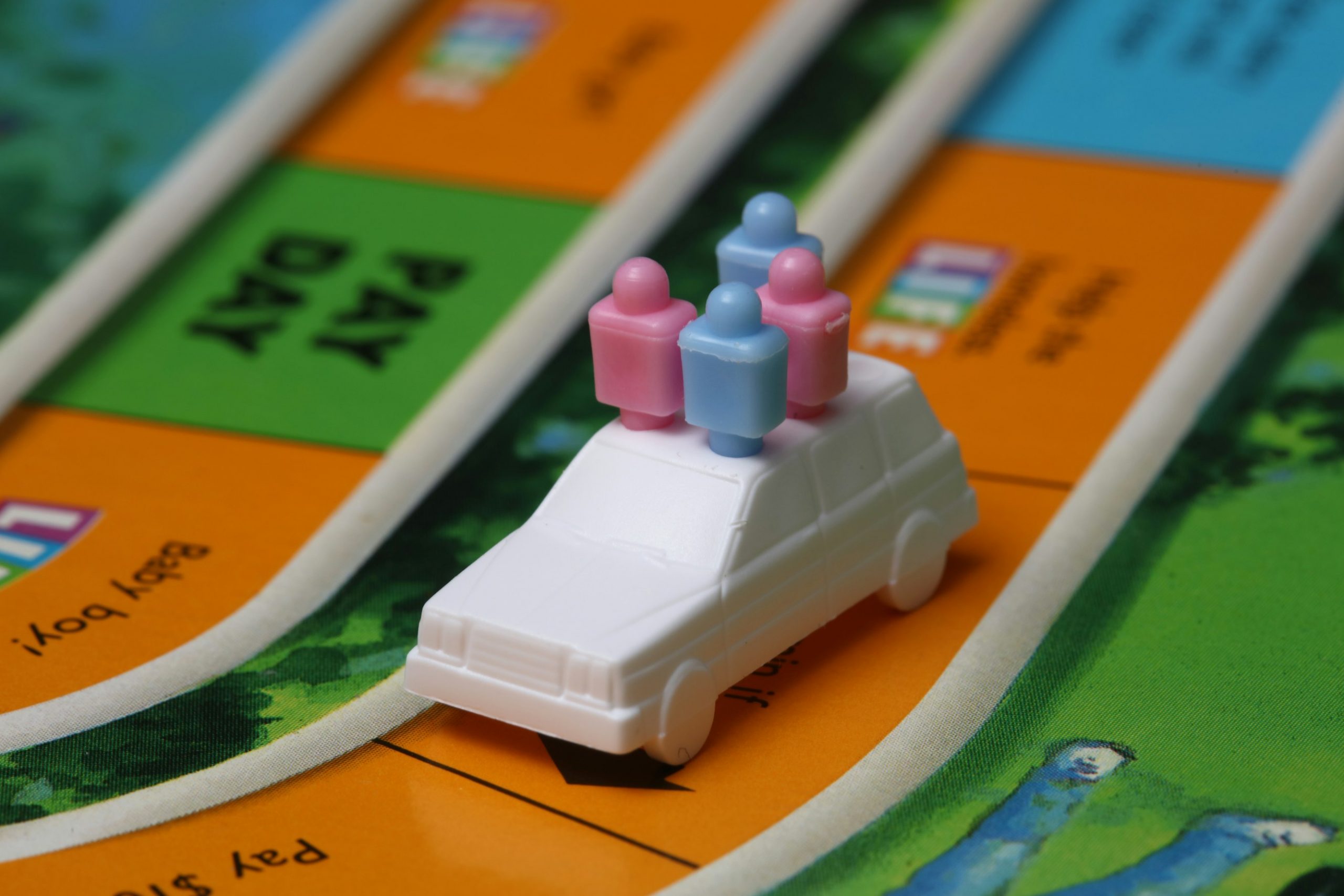
Gathering around a table with family to play board games is a timeless tradition. It’s more than just entertainment; it’s about bonding, laughter, and a little friendly competition. Whether you’re looking for a game for a lazy Sunday afternoon or something to spice up game night, there’s a family board game out there for everyone. This guide dives into everything you need to know about choosing and enjoying family board games.
Family board games are more than just an enjoyable way to pass the time. They offer a range of benefits that go beyond fun, creating lasting positive effects on relationships, learning, and emotional well-being. Here’s why playing family board games is a fantastic activity for all ages:
Board games create opportunities to spend quality time together. In today’s fast-paced world, where work, school, and digital distractions often pull family members in different directions, sitting down for a game helps everyone reconnect. Sharing laughs, celebrating wins, and even playfully arguing over rules fosters closeness and understanding.
Playing games encourages open communication. Whether it’s strategizing together in a cooperative game or negotiating trades in a competitive one, these interactions help family members practice expressing themselves clearly and listening to others. It’s especially beneficial for kids, who can develop social skills in a fun, non-intimidating environment.
Board games are more than entertainment—they’re educational tools disguised as fun. Depending on the game, players can enhance various skills, such as:
Games often require waiting for your turn and handling setbacks, like losing a round or drawing a bad card. These moments teach valuable life lessons about patience, resilience, and sportsmanship. Kids, in particular, learn how to cope with challenges in a safe and supportive environment.
In a world dominated by screens, board games offer a refreshing break. They bring families together without the distractions of phones, tablets, or TVs. Plus, laughing together and focusing on something lighthearted is a great stress reliever for both kids and adults.
There’s a board game for everyone! From simple, quick games for little kids to complex strategy games for teens and adults, board games cater to diverse age groups and preferences. This inclusivity makes them ideal for family gatherings, where multiple generations can enjoy playing together.
The laughter, friendly rivalries, and unexpected game twists often become cherished family stories. Who won with an impossible comeback? Who got a bit too competitive? These moments create memories that your family will treasure for years.
Family board games are not just a pastime; they’re an investment in family connection, growth, and happiness. Whether it’s a weekend ritual or a way to spice up a rainy afternoon, playing board games is a simple yet impactful activity every family should enjoy.
Choosing the right board game can transform family time into a fun, engaging experience. But with so many options, how do you decide which one is best for your family? Here’s a deeper dive into what you should consider when making your selection:
Not all board games are created equal when it comes to age suitability. Games for kids often focus on simple rules and bright visuals, while those for teens and adults might require more strategy and critical thinking.
The number of people who can play a game is crucial, especially for larger families or gatherings. Some games are best for small groups, while others can accommodate more players.

Playtime can greatly impact how enjoyable a game is, depending on your family’s schedule and patience levels. Quick games are great for short bursts of fun, while longer games are ideal for a dedicated game night.
Some families love simple games they can play casually, while others thrive on challenging, strategic gameplay. Complexity level matters when it comes to keeping everyone engaged.
Different types of board games offer different kinds of fun, from competitive battles to team-based cooperation. Understanding your family’s preferences can help you pick the right one.
A board game’s theme can make or break its appeal. Themes based on adventure, mystery, or humor can captivate your family’s imagination and make the experience even more enjoyable.
Replayability ensures you’ll get your money’s worth from a game. Games that offer different outcomes, strategies, or scenarios each time you play keep things fresh and exciting.
Durability is key, especially for families with younger kids who might be rough with game pieces. Investing in high-quality games ensures they last for years of play.
You don’t have to spend a fortune to enjoy great family games. Many budget-friendly options deliver hours of fun without stretching your wallet.
With these tips, you’ll be well-equipped to choose a board game that fits your family’s unique preferences and needs.
Choosing the right board game for your family can bring endless joy and create lasting memories. Here’s a closer look at some of the most popular and well-loved family board games. Each game offers something unique, so you’re sure to find the perfect fit for your family!
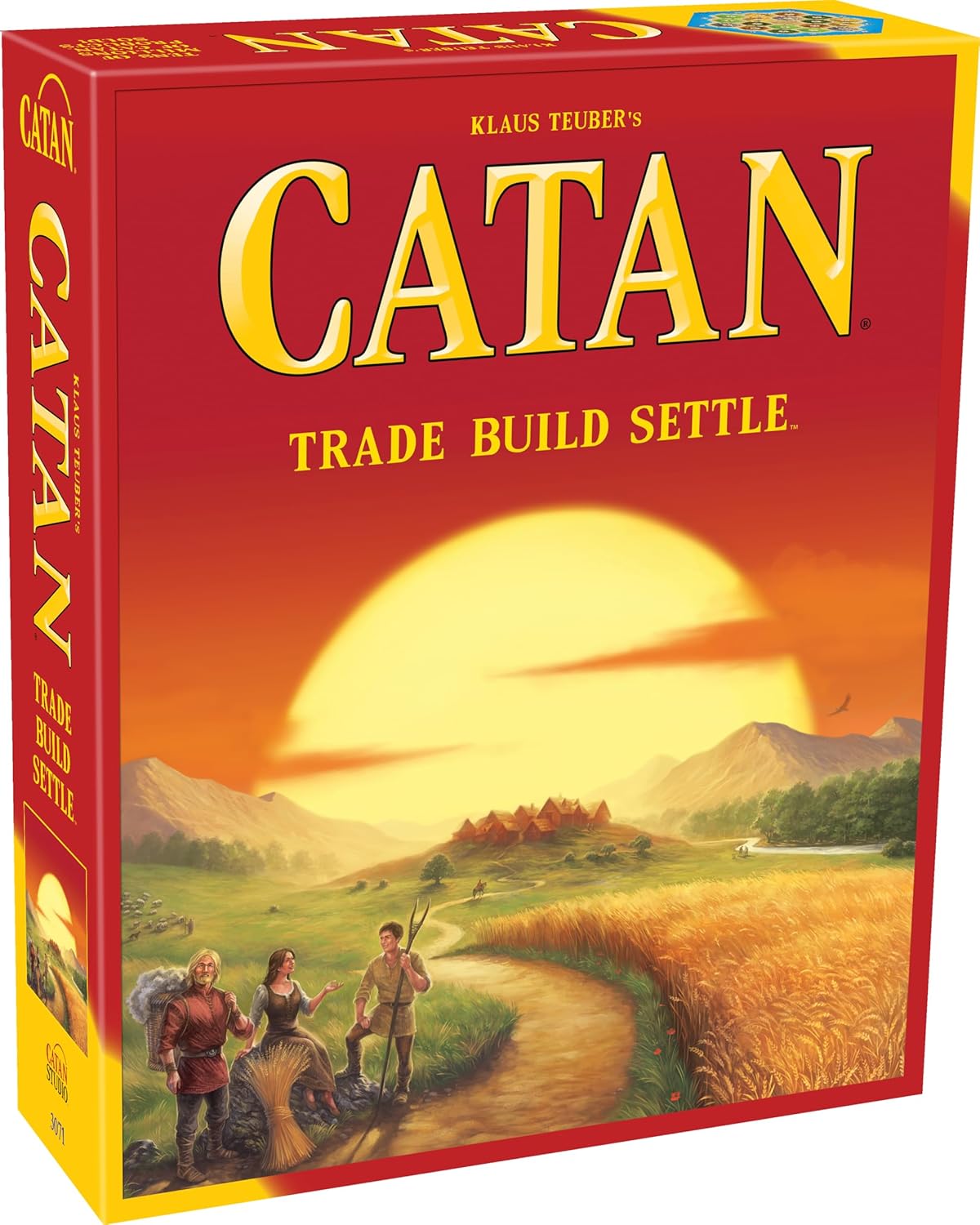
Catan is a strategic resource-management game where players compete to build settlements, cities, and roads on an island. The modular board ensures that each game feels unique, keeping players engaged time after time. Trading resources like wood, brick, and wheat adds a social element that encourages negotiation and teamwork.
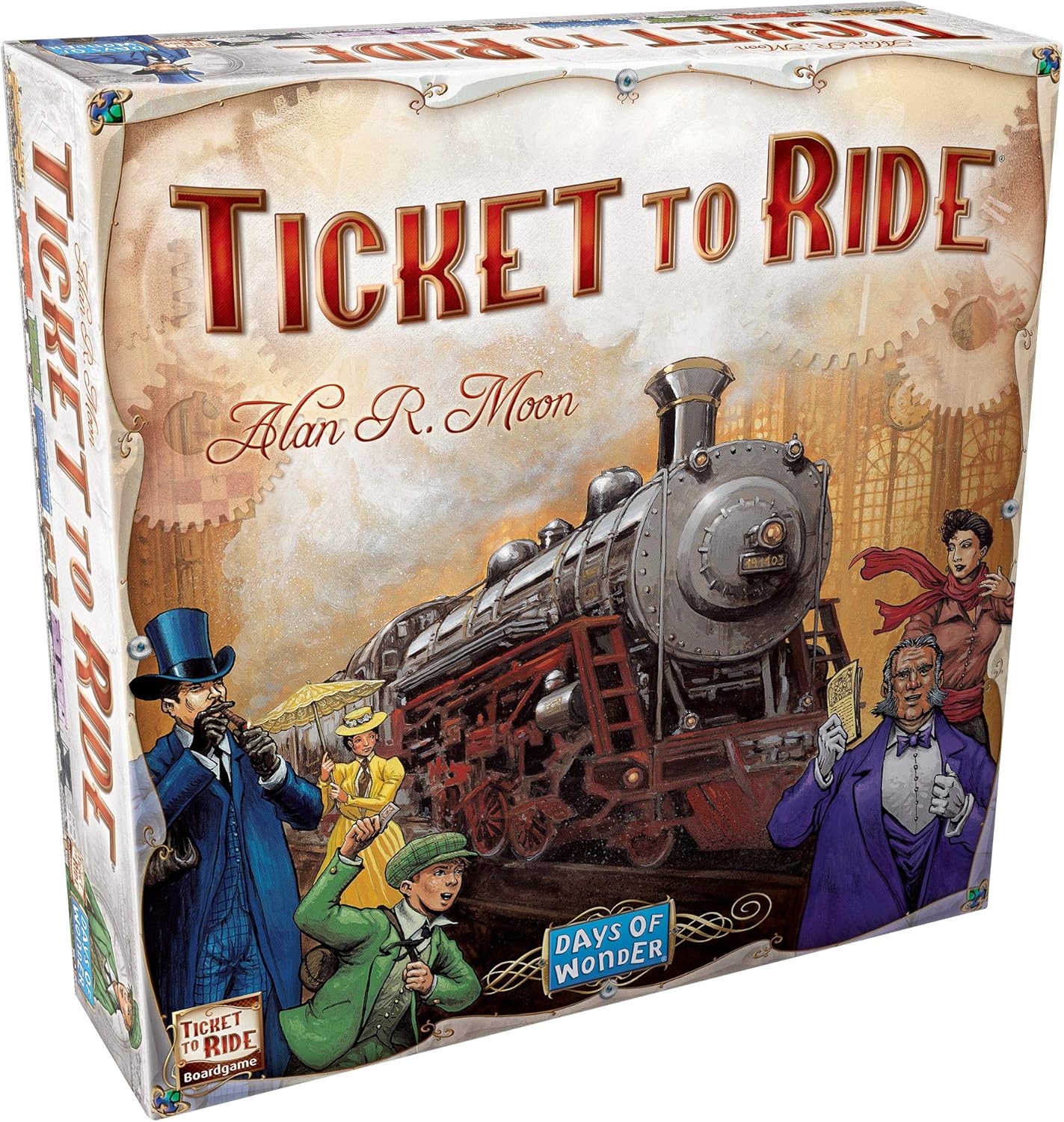
In this visually stunning game, players build train routes across a map to connect cities and complete destination tickets. Each turn involves collecting train cards and deciding how to use them strategically. Ticket to Ride is easy to learn but offers enough depth to keep things challenging for seasoned players.

Pandemic is a cooperative game where players take on specialist roles like Medic, Scientist, or Quarantine Officer to stop the spread of diseases around the globe. Each role has unique abilities, encouraging collaboration to plan and strategize effectively. The game offers varying difficulty levels, making it suitable for both beginners and experienced players.
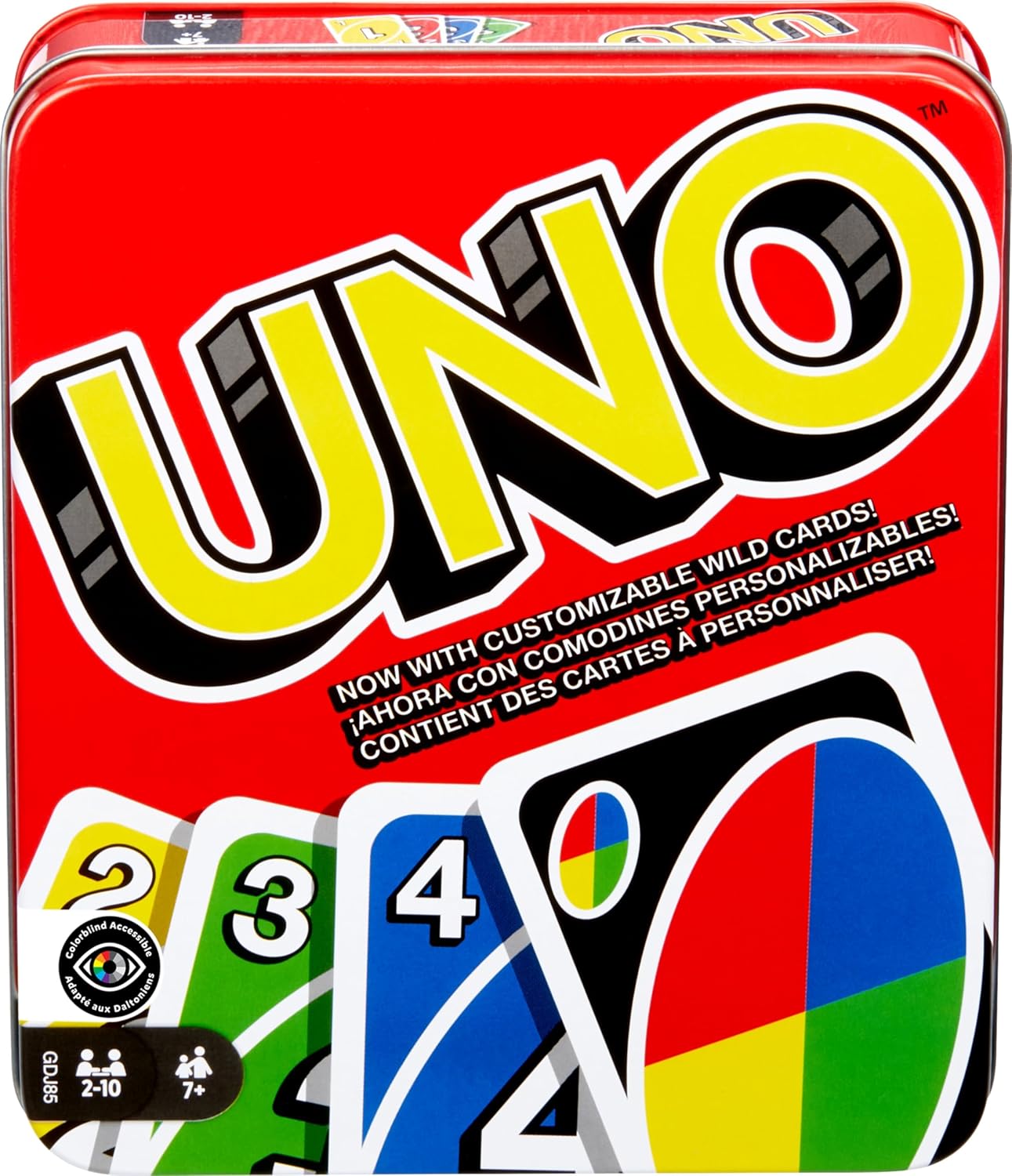
Uno is a classic card game where players race to empty their hands by matching colors or numbers. Special action cards like “Draw Two” and “Reverse” keep the game unpredictable and exciting. It’s incredibly portable and requires minimal setup, making it perfect for travel or impromptu play sessions.

This quirky card game challenges players to avoid drawing an Exploding Kitten card while using strategy and humor to outwit their opponents. Cards like “Skip” or “Attack” let players control the game’s pace, while the unique illustrations add a fun and lighthearted touch. Expansion packs are available to include more players or new mechanics.

Clue is a classic detective game where players work to solve a murder mystery by deducing the suspect, weapon, and location. As players move around the board, they gather clues and eliminate possibilities. The suspense builds as the mystery unfolds, keeping everyone engaged until the final reveal.

Codenames is a team-based word game where players try to identify secret agents from a grid of words using clever one-word clues. The game requires creativity, lateral thinking, and teamwork. It’s quick to learn and highly replayable, as the combinations of word grids and clues are endless.

The Game of Life simulates real-life milestones like choosing a career, buying a house, and starting a family. Players spin a wheel to move through the board, facing life’s ups and downs in a lighthearted way. The unpredictability of the game keeps it exciting for all ages.
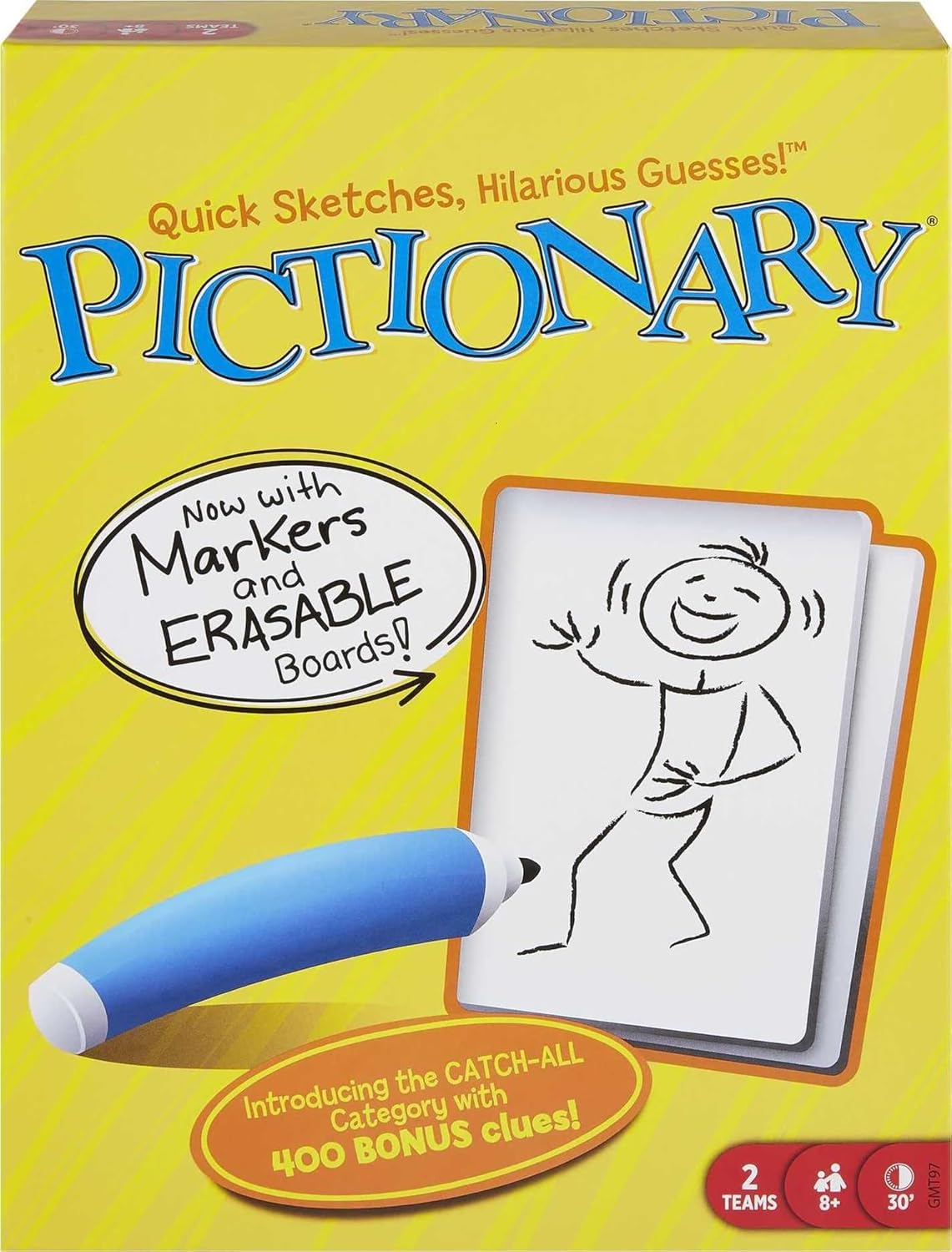
Pictionary is a drawing and guessing game that’s perfect for families who love to laugh. One player draws a word or phrase while their teammates try to guess it within the time limit. The game doesn’t require artistic skills—often, the less accurate the drawing, the funnier the game!
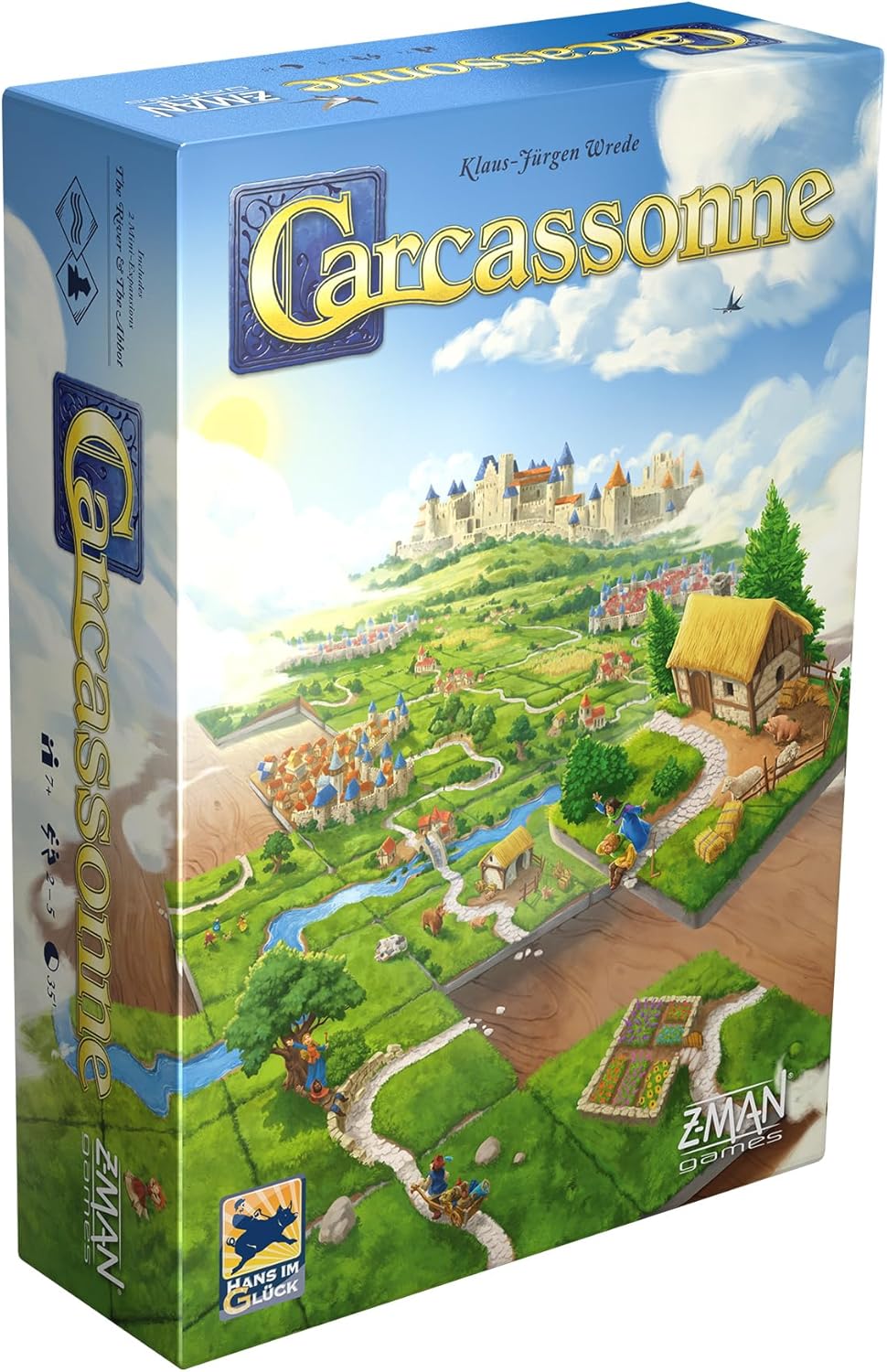
Carcassonne is a tile-placement game where players build cities, roads, and monasteries to earn points. The strategy comes from deciding where to place your tiles and meeples (game pieces) to maximize points. The beautifully illustrated tiles and endless strategies make it a favorite for many families.
These games cater to a variety of tastes, from quick and humorous card games to deep, strategic challenges. No matter your family’s preferences, these options ensure every game night is a hit.
Game nights are a great way to bond, laugh, and create unforgettable memories with your family. With a bit of planning, you can turn a simple evening into an event everyone looks forward to. Here’s a detailed guide to help you organize the ultimate family game night.
The success of a game night starts with selecting games that everyone will enjoy. Think about the preferences and ages of your family members to ensure everyone feels included.
Having a couple of options ready can also help if the group mood changes or if a game isn’t as engaging as expected.
A welcoming and functional setup helps set the tone for a relaxed game night. Make sure your play area is suitable for everyone involved.
A well-prepared space can make everyone feel comfortable and ready to dive into the fun.
Food and drinks add to the fun of game night, but it’s important to pick items that won’t create a mess or damage your games.
Having snacks prepared ahead of time helps keep the focus on the game and minimizes interruptions.
Preparation is key to a smooth and enjoyable game night. Setting everything up before you start saves time and avoids confusion.
Being prepared makes the game flow better and keeps the excitement alive.
Ground rules help avoid misunderstandings and ensure everyone has a great time. Keep them simple and fair so they’re easy to follow.
Clear guidelines make the evening run smoothly and foster a positive atmosphere.
Game night is most enjoyable when everyone feels involved, no matter their age or skill level. Adjust the games and dynamics to suit your group.
Making sure everyone feels included ensures the night is memorable for all.
The best part of game night is the laughter, shared moments, and a little friendly competition. Focus on making the evening enjoyable for everyone.
Focusing on fun over competition ensures the night is filled with smiles.
Not every game will be a hit, and that’s okay! Be prepared with alternatives to keep the momentum going.
Flexibility ensures the night stays fun, even if plans change.
Game nights often create moments worth remembering. Make an effort to capture them so you can look back and smile.
Preserving these memories helps reinforce the tradition of family game night and makes it something everyone looks forward to.
With thoughtful planning, your game night can become a treasured family tradition. The key is to create an inclusive, relaxed environment where everyone feels welcome and engaged.
Cooperative board games are all about teamwork. Instead of competing against each other, players work together to achieve a shared goal, creating a collaborative and exciting experience. These games challenge players to think strategically, communicate effectively, and solve problems together, making them a fantastic choice for family game nights.

Cooperative games put everyone on the same team, working together to overcome challenges presented by the game itself. Success depends on the group’s ability to strategize and make decisions collectively. For example, in Pandemic, players must combine their skills to prevent global outbreaks, with each player contributing unique abilities like curing diseases or managing outbreaks. By working together, the family can win—or lose—as a unit, which makes the experience feel more connected and engaging.
These games are excellent for family bonding because they encourage collaboration and reduce the pressure of competition.
There are plenty of exciting cooperative games to explore, each offering unique challenges and fun scenarios.
Getting started with cooperative games is easy, but a few tips can make the experience even better.
Cooperative games bring families together in a way that’s fun, engaging, and inclusive. By working as a team, you’ll create memorable moments and strengthen family bonds while tackling exciting challenges.
A family-friendly board game is typically easy to learn, engaging for multiple age groups, and designed to foster interaction. Look for games with simple rules, a good balance of strategy and fun, and themes that appeal to everyone. Games like Uno, Ticket to Ride, and Catan are great examples.
Consider these factors when selecting a game:
For younger children (ages 3–7), consider simple, colorful games with minimal rules, such as:
For mixed-age groups, try these strategies:
There are plenty of affordable games that deliver great fun:
To ensure everyone has a great time:
If your family enjoys gaming on devices, try digital versions of popular board games. Apps like Catan Universe, Scrabble GO, or Ticket to Ride are great alternatives. Online platforms like Board Game Arena also allow families to play together virtually.
Cooperative games are games where players work together to achieve a shared goal, rather than competing against each other. Examples include Pandemic and Forbidden Island. These games promote teamwork, communication, and shared victories, making them ideal for families who want to bond.
To keep the peace:
To extend the life of your games:
| Cookie | Duration | Description |
|---|---|---|
| cookielawinfo-checbox-analytics | 11 months | This cookie is set by GDPR Cookie Consent plugin. The cookie is used to store the user consent for the cookies in the category "Analytics". |
| cookielawinfo-checbox-functional | 11 months | The cookie is set by GDPR cookie consent to record the user consent for the cookies in the category "Functional". |
| cookielawinfo-checbox-others | 11 months | This cookie is set by GDPR Cookie Consent plugin. The cookie is used to store the user consent for the cookies in the category "Other. |
| cookielawinfo-checkbox-necessary | 11 months | This cookie is set by GDPR Cookie Consent plugin. The cookies is used to store the user consent for the cookies in the category "Necessary". |
| cookielawinfo-checkbox-performance | 11 months | This cookie is set by GDPR Cookie Consent plugin. The cookie is used to store the user consent for the cookies in the category "Performance". |
| viewed_cookie_policy | 11 months | The cookie is set by the GDPR Cookie Consent plugin and is used to store whether or not user has consented to the use of cookies. It does not store any personal data. |